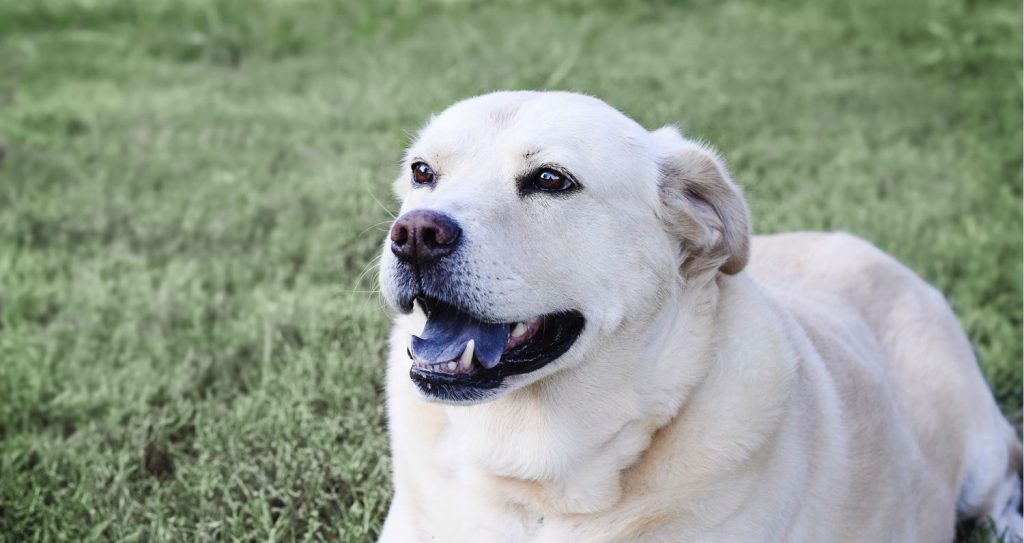Hi Deanna,
Thanks for your question.
Chronic recurrent ear infections are incredibly common and they take a lot of targeted treatment, patience, determination and follow up to resolve. In fact, I’m pretty passionate about how ear infections should be treated but keep in mind that every veterinarian may have a different approach to treatment, and they could all be successful. So I will inform you of my strategy but it’s important to remember that if your veterinarian may have a method that they have success with and if they follow a different strategy, it may not be as successful.
If your pet is experiencing chronic or recurrent ear infections, there are a lot more common issues that could be causing it than just ear hair. Contributing or causative factors could be a resistant bacterial infection, the presence of multiple bacteria, a concurrent yeast infection, underlying allergies, improper ear cleaning, and inconsistent or non-ideal medication delivery to name a few. I would recommend that you read our video “How to Properly Clean a Dog’s Ear” for demonstration, also our article “7 Key Strategies to Treat Ear Infections”. In this article, I thoroughly outline the approach I take in treating challenging ear infections and resolving them permanently.
Keep in mind that advice and experience between veterinarians can differ greatly and the advice I provide is based on unique cases that I’ve treated and had success with. Your veterinarian may have had the same success through other treatment plans.
The other part of your question concerns the lesion on the tail. I would never make a diagnosis based on a picture since that could be dangerous. Also, no one could ever deliver an answer with absolute certainty as to what that lesion is without testing, but I can give you some ideas to go on that could help.
It looks to me like it could be a few things:
1.) A possible mass lesion or growth. Regardless if this is correct or not, the first test to consider is a fine needle aspirate whereby your veterinarian will poke it with a needle and collect some cells from it. These can be transferred to a slide and sent to a histopathologist at the lab for analysis. By reviewing the cytology, the lesion can be identified and then a specific treatment can be implemented to deal with it properly. I would highly recommend this because the last thing you want is for it to worsen, spread or increase in size to the point that it becomes more difficult and costly to treat.
2.) An acral lick granuloma. It does resemble this type of lesion which develops because of excessive self-trauma (or licking) in one spot. This could have started because there was an infection here or its even possible that your dog could have anal glands issues and since she can’t reach them, she stretches as far as she can and bites this area. If your veterinarian agrees with this diagnosis, then they could recommend a treatment, however, there are many different treatment plans offered for this condition. Some of them are restricting her access to it with a cone, topical treatment with hydrocortisone, topical antibiotics, oral antibiotics, steroids, anti-anxiety treatment and others. I always had very good success with a topical antibiotic/hydrocortisone agent and briefly restricting access to the lesion.
I hope this helps. Good luck!!
Dr. Clayton Greenway
